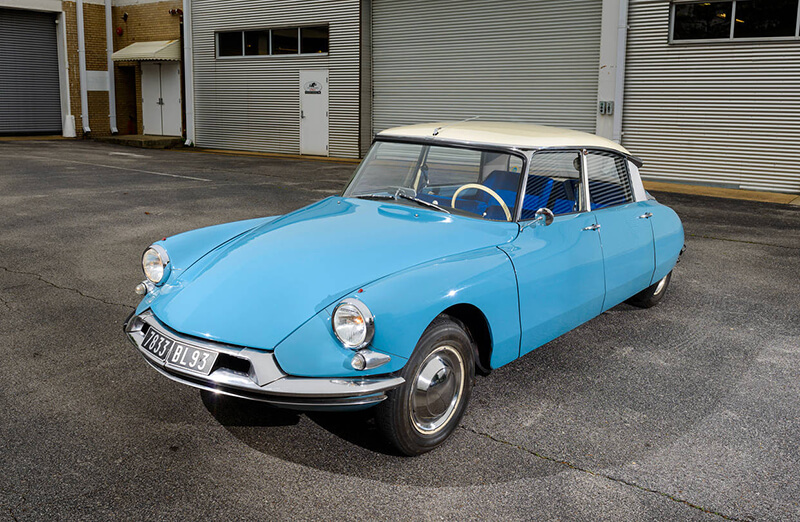Some automakers tried modular design with interchangeable parts, but it never caught on. Modern cars are complicated, with many technological components and safety systems integrated into the body and chassis. Developing an automobile with interchangeable body pieces could risk its structural integrity and safety.
Car manufacturers spend a lot of money inventing and testing new models, so building a kit car that can be customized may not be cost-effective. Modular cars aren’t new. There were attempts to make cars with replaceable parts in the 1950s and 60s. The Citroen DS was noted for its interchangeable body parts. The modular design has become harder as cars have become more complicated. To ensure compatibility with diverse body panel styles, parts, and components must be standardized. Regulatory and safety constraints may also hamper design.
Yet, there are companies that make aftermarket body kits for certain automobile types for automotive aficionados. These kits let automobile owners customize their vehicles, but they involve more physical labor and technical expertise than a key or magnetic lock system.
Car manufacturers spend a lot of time and money inventing and testing new models, thus a modular design that can be altered with different body panels may not be cost-effective. Since each body style has different specs and requirements, standardizing parts and components could be difficult.
Nonetheless, certain car models have aftermarket body kits. These kits usually comprise replacement body panels that require somebody and structural modification to install. These improvements demand more physical labor and technical expertise than a key or magnetic lock system.
A modular, customizable car appeals to many car enthusiasts, but the practical problems of implementing such a design have kept it from becoming mainstream. Most vehicle manufacturers focus on designing unique automobile models and offering limited customization options like paint color and trim level.
But what about 3D printing? Could that be a solution?
3D printing could give us the ability to make modular, customizable cars. 3D printing might make unique body panels and other pieces for certain car models. Giving car owners more design flexibility and customization possibilities. Modular car designs have had to standardize parts and components to work with numerous body shapes. But, 3D printing might generate unique parts on demand without expensive tooling or production. Printing the parts may enable lighter and more fuel-efficient automotive designs. Complex, lightweight structures can be difficult to make with typical manufacturing procedures. 3D printing enables more design freedom, which could result in more aerodynamic and fuel-efficient cars.
But, 3D printing technology has constraints that must be solved before it can be widely used in the automotive industry. Printing speed and cost are issues. 3D printing may not be suitable for mass production because it is slow and expensive. Sophisticated automobile parts with strength and endurance are still difficult to 3D print.
Despite recent advances in 3D printing technology, it is still too limited to be widely used in the car industry. Automotive parts’ size and complexity present issues. Printing huge, complicated automotive parts at the needed scale and quality can be challenging and time-consuming.
The printing materials are another concern. 3D printing now uses metals and high-strength polymers, but they may not be as durable as traditional vehicle production components. 3D printing for large-scale production may be unfeasible due to greater material costs. Ultimately, 3D printing technology and the time it takes to create parts may still make it uneconomical for vehicle production.
Nonetheless, certain corporations and research groups are investigating 3D printing for car manufacturing. Local Motors’ Strati is a large-scale 3D-printed automobile. This little run showed 3D printing’s potential for modular, custom car designs.
In conclusion, 3D printing has the potential to change the automotive industry, but it must first overcome key hurdles before being extensively embraced for large-scale production. When 3D printing technology improves, modular, customizable cars may be manufactured.

